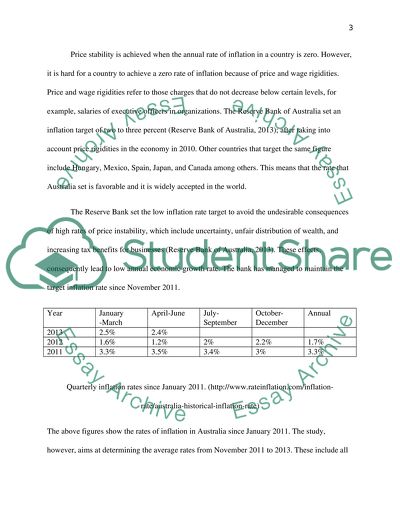Cite this document
(“Australian Economy Assignment Example | Topics and Well Written Essays - 2000 words”, n.d.)
Retrieved from https://studentshare.org/macro-microeconomics/1488664-australian-economy
Retrieved from https://studentshare.org/macro-microeconomics/1488664-australian-economy
(Australian Economy Assignment Example | Topics and Well Written Essays - 2000 Words)
https://studentshare.org/macro-microeconomics/1488664-australian-economy.
https://studentshare.org/macro-microeconomics/1488664-australian-economy.
“Australian Economy Assignment Example | Topics and Well Written Essays - 2000 Words”, n.d. https://studentshare.org/macro-microeconomics/1488664-australian-economy.


